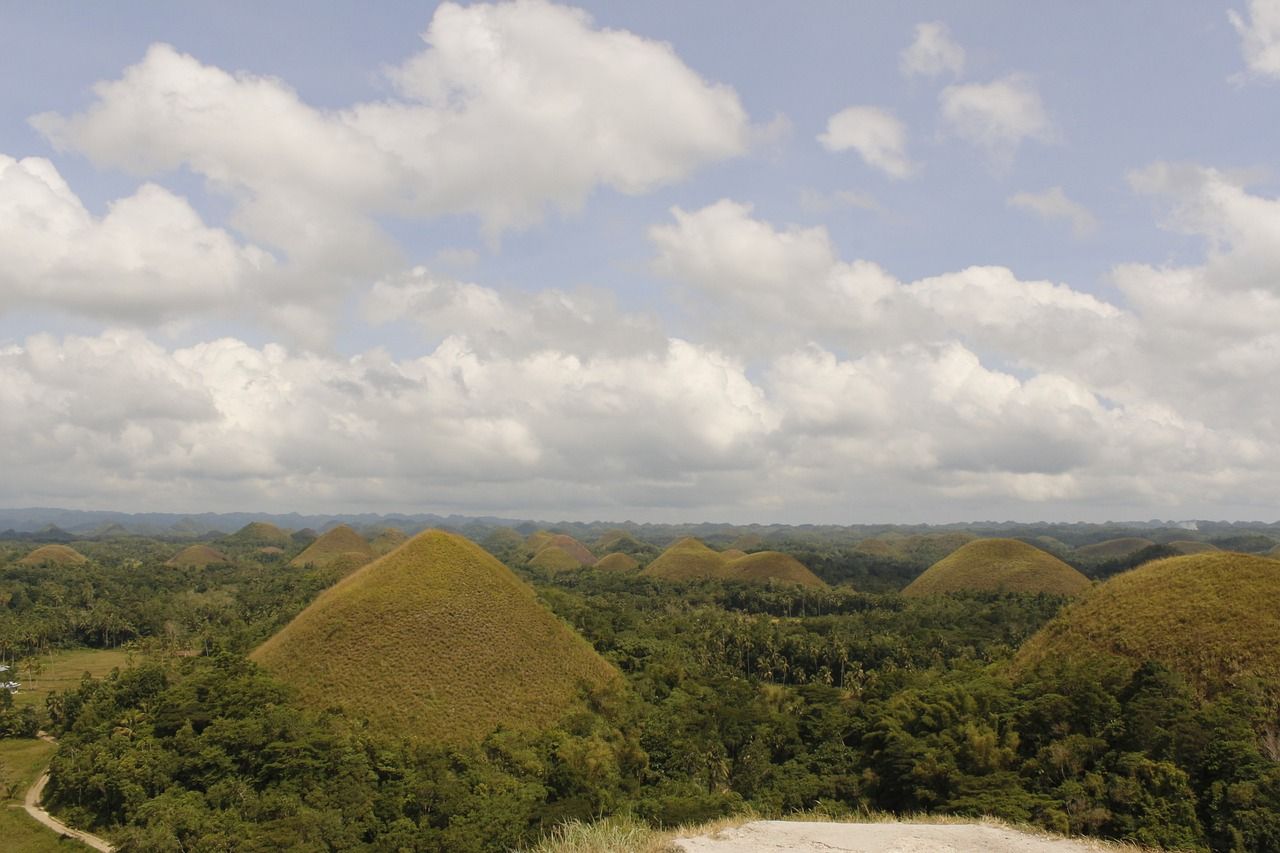This Earth Month, our focus shifts not only to the usual suspects of pollution and waste but to a more pressing and often overlooked crisis: the peril facing our protected areas. Recent weeks have seen a surge of concerns, as uproar emanates from popular hot spots like Bohol’s Chocolate Hills, Mt. Apo, and the Upper Marikina Watershed.
Despite the commencement of Senate hearings, a clear roadmap from the Department of Environment and Natural Resources (DENR) remains elusive. Distinguished Senators such as Loren Legarda, Nancy Binay, and Raffy Tulfo have pointed out that DENR leadership tends to uphold traditional development and "prior rights" in protected areas, even when these rights need work — showing a worrying reluctance to enforce the law.
This surge in attention, however, is a long-overdue discussion critical for every Filipino. Our nation, often heralded as a tropical paradise, faces a dire future if current trends persist. We boast laws designed to protect our natural environment, yet these are seldom invoked. Without immediate and decisive action, the rich biodiversity that defines our archipelago might be irreparably lost within a few decades.

To counteract this downward spiral, three critical steps must be taken.
First, accountability must be established. Those in charge of safeguarding our environment must not only acknowledge past and present failures but also take transformative steps to rectify them. Business as usual cannot continue; we must confront the underlying corruption and neglect that plague our environmental policies. Concurrently, it is imperative that citizens hold our leaders accountable, engaging in the discourse and advancing the environmental cause through active participation and advocacy.
Second, we must amplify the voices of those on the frontline. True solutions can only emerge when we understand the root of the problem. Thus, environmental chiefs need to engage directly with the guardians of our forests and watersheds. Only through humility and a willingness to listen can we move beyond superficial fixes to solutions that address the core issues threatening our natural heritage.
Third, a comprehensive overhaul of our environmental culture, practices, and regulations is necessary. The enforcement of laws such as the Expanded National Integrated Protected Areas System (E-NIPAS) Act, the Revised Forestry Code, and Water Laws must prioritize biodiversity conservation over competing land uses and activities. This requires a shift in how regulations are interpreted and implemented, ensuring they not only protect but also actively promote the conservation of our natural resources.
As we delve into the national discussion this Earth Day, the stakes could not be higher. The direction we choose now may well determine whether we can divert from the path of environmental degradation to one of sustainability and preservation.
This April, as we address the theme of plastics for Earth Day 2024, let us also broaden our perspective to include the urgent need to preserve our last remaining wild spaces. It is time for us to move beyond mere discussion to concrete action and commitment. The preservation of our natural heritage, to serve the needs of present and future generations, demands nothing less.